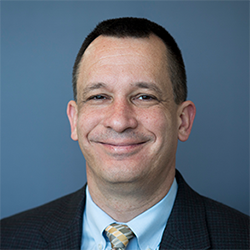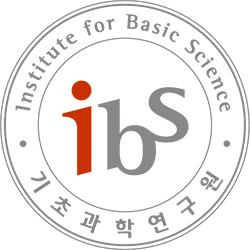
Hans P.A. Van Dongen, Modeling the temporal dynamics of neurobehavioral performance impairment due to sleep loss and circadian misalignment
ZOOM ID: 997 8258 4700 (Biomedical Mathematics Online Colloquium) (pw: 1234)Abstract: The well-known two-process model of sleep regulation makes accurate predictions of sleep timing and duration, as well as neurobehavioral performance, for a variety of acute sleep deprivation and nap sleep scenarios, but it fails to predict the effects of chronic sleep restriction on neurobehavioral performance. The two-process model belongs to a broader class of …












